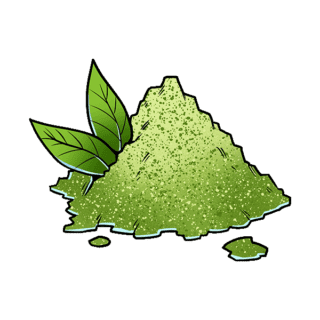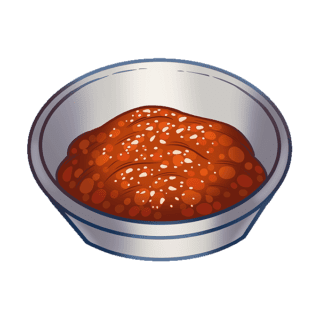Matcha
Because of its growth and production process, matcha has a distinct flavor profile with less astringency commonly found in regular green tea. Instead, it’s lightly sweet and earthy.
In order to make matcha tea from matcha powder, one uses a specialized bamboo whisk to mix the powder with hot water into a special tea-drinking bowl called a chawan. To be able to experience the depth of matcha’s qualities, it’s traditionally associated with a matcha preparation and drinking ceremony that emphasizes the processes which bring these subtle qualities to the forefront.
In the last couple decades, matcha consumption has expanded from simply the tea itself to being used in a wide range of other drinks and foods. This includes lattes, milkshakes, cookies, cakes, and all sorts of baked goods, wagashi and other confections, ice cream, and more.
That said, matcha is classified by (usually) three different grades of quality which dictate how it should be used. These are ceremonial, premium (sometimes called “latte”), and culinary. So, for example, while there are lots of matcha sweets and baked goods nowadays, you shouldn’t use ceremonial or premium grade matcha in, say, muffins. Doing so would just be a waste, as the subtleties, aromas, and flavors that make ceremonial grade ceremonial wouldn’t be detectable.
You can find multiple grades of matcha in our grocery section.





